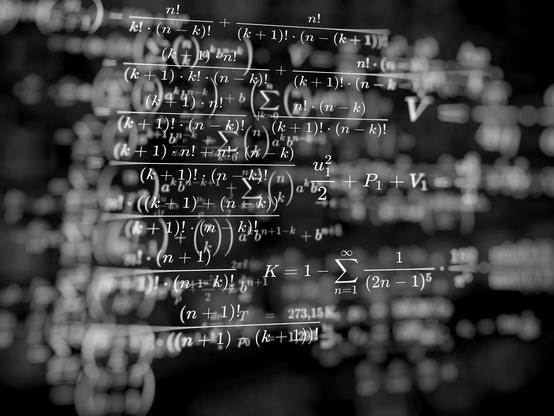A brain dump from Matrix Dreams: A better-defined series of sets
I’ve been pondering the weird collection of sets I cooked up in this post. In this post, I’d like to take a crack at defining the sets.
I’m going to bow to my ego and call these the MattSets. MattSet Prime is the set of all integers found in all the other MattSets.
MattSet0 is the set of all powers of two. As such, it is an even set. All members of MattSet0 are even.
There are two types of MattSets – even and not even (odd) sets. Each set is generated from the set before it.
MattSet1 is the first odd set. It is the set of all the numbers when multiplied by three that the numbers in the previous set is one more than. Another way to say this is – make an intermediary set of all members of MattSet0 (MattSetn-1 in general form) that are one more than a multiple of three. Take all the members of this intermediary set and apply the function (x-1)/3. This will give you MattSet1 which is an odd set.
MattSet2 is two be an even set. MattSet2 is the set of all integers that are twice a member of MattSet1 (MattSetn-1 in general form).
Each subsequent set is generated in the same way such that MattSets with even indexes are even numbers and MattSets with odd indexes are odd.
As far as I have, so far, tested each odd MattSet has half the number of members as the preceding even MattSet.
In theory: As n approaches infinity, the size of the MattSetn approaches 0. At least I think that it does.
The question I am looking to answer is does MattSet Prime contain all the positive integers? If I can’t prove that one way or the other, is there anything interesting about these sets that can be proved?
A better-defined series of sets, 8th October 2024, by Matt
Note: I’m not sure I was all that clear the first time, but only integer values can be members of these sets.
You could add some other series of (empty) sets for completion. MattSetnx. A member of the MattSetnx is an even number not found in MattSet0 that is twice the value of a MattSet0 member. MattSetn+1x. Would be all the even numbers not in the preceding sets that are twice the value of one of the previous nx sets. In theory, all MattSetnx sets are empty, as twice a power of two is another power of two.
Prove me wrong.
#maths #MatrixDreams #MattSet #RSVP #setTheory #syndicated
